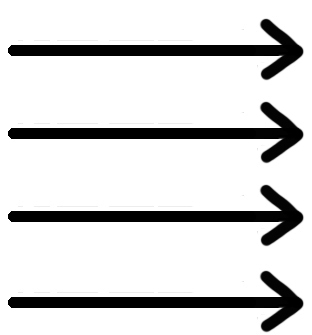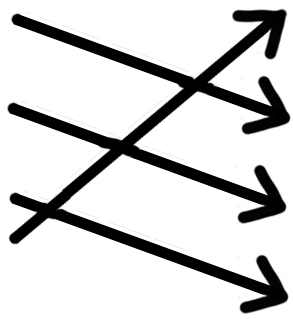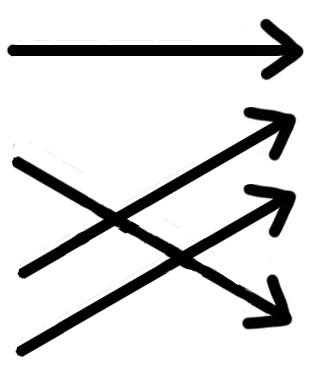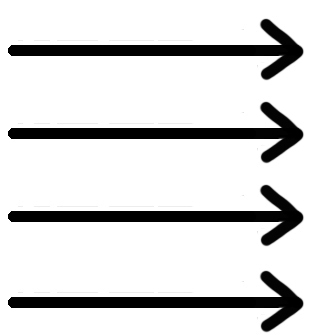Let a
language game like (3) be || Imagine a language game like
that in (4) played with the help of a
table.
The signs which A gives
to B are
no
w written characters
: || .
B has a table: in the first column are the
w
ritten characters
that || which are used in the
game, in the second
column pictures of
the different
types of building
stones || blocks.
A shows B such a written sign (writes it
on a board || tablet,
say || , e.g., on a slate);
B
looks it up || finds it in
the table,
glances || looks across
at the p
icture
that
lies || lying opposite,
etc..
The table
is
thus || therefore is a rule which he
conforms
to || follows in carrying out the commands.
–
The looking up of || Looking
up the
picture || pictures || a picture in
the || this
table is something
one learns by training || one's trained
in, and
a part of this training
consists perhaps || may consist
in the pupi
l's learning to
travel
with || draw his finger
from left to right in the
table, || across the table from left to right,
i.e.
, in
his learning,
so to speak || as
it were || you might put it, to draw a row of
horizontal lines.
Suppose now
that various ways of reading a table were
int
roduced;
namely once || at
one
time || sometimes || first,
as above, according to
the || this
diagram:
 another
time || then again,
another
time || then again, according to this
diagram:

or this:

61
A diagram of this sort is
added || appended to the table
as || and is a rule showing how
it || the table is to be
used.
Can't || But
can't we
now imagine further rules to explain
this
one || rule?
On the other hand, was the first tab
le incomplete
without the diagram

?
And are the others without
theirs? || And so, are the other (abnormal)
tables incomplete without their diagrams?